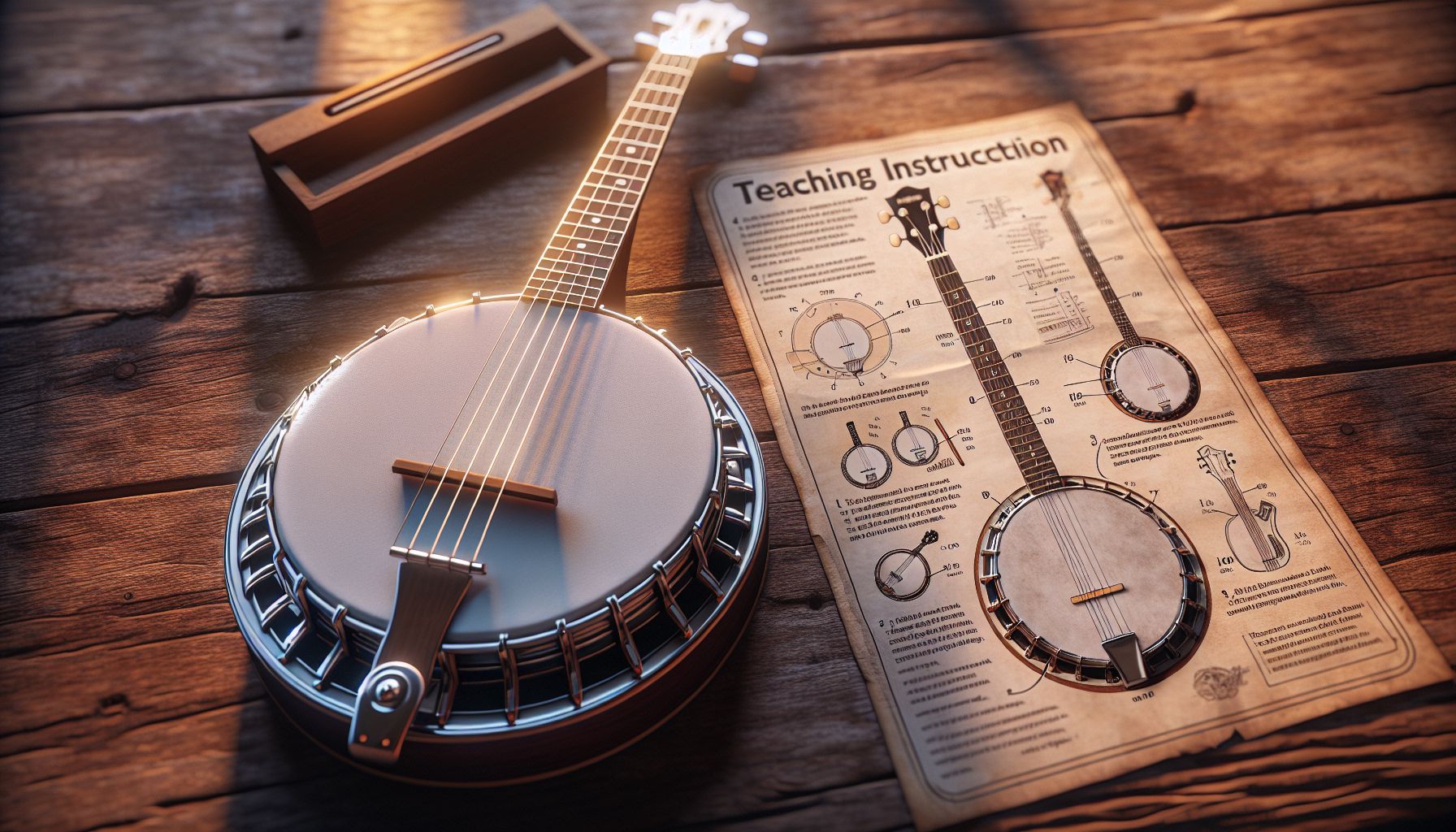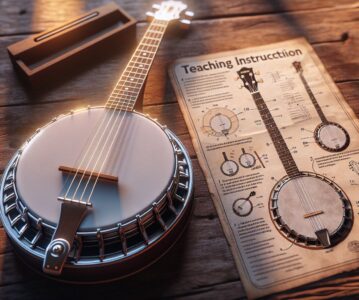Are you a music lover looking to explore new horizons and dive into the world of stringed instruments? Look no further than the banjo! This charming instrument, with its distinctive sound and rich history, has captivated countless musicians and enthusiasts over the years. In this beginner’s guide, we will demystify the banjo, introduce you to its different types, and provide you with some essential tips to get you started on your banjo journey.
Introduction to the Banjo
The banjo is a unique, plucked string instrument that originated in West Africa. It was brought to America by African slaves and evolved into its current form through the influence of European classical instruments. With its round body, long neck, and slender frets, the banjo is recognized for its percussive twang and lively resonance.
While there are various types of banjos, the most common type, especially for beginners, is the 5-string banjo. This version of the instrument features four long strings and a shorter fifth string, often tuned to an open G chord. Its distinctive sound and versatility make it an excellent choice for aspiring musicians.
Different Types of Banjos
Before diving into the world of banjo playing, it’s essential to familiarize yourself with the different types of banjos available:
-
Tenor Banjo: With a shorter neck and four equally spaced strings, the tenor banjo is traditionally used in jazz and Irish music. If you’re interested in exploring these genres, this type of banjo might be your perfect match.
-
Plectrum Banjo: Similar to the tenor banjo, the plectrum banjo also features four strings. However, it has a longer neck, providing an extended range of notes. It is commonly used in traditional Irish and Dixieland jazz music.
-
4-String Banjo: Also known as the Appalachian banjo or the old-time banjo, this type typically features a shorter neck with four equally spaced strings. The 4-string banjo is tuned similarly to the plectrum or tenor banjo, making it suitable for various styles of folk and traditional music.
-
6-String Banjo: Designed for guitarists who want to explore the world of banjo sounds without learning a new tuning system, the 6-string banjo provides the familiar playability of a guitar with the resonance and tone of a banjo.
Getting Started with the 5-String Banjo
If you’re eager to begin your banjo journey, the 5-string banjo is a fantastic choice. Follow these essential tips to get started:
1. Choosing the Right Banjo:
Investing in a quality banjo is crucial for your learning experience. Look for a reputable music store or online retailer that specializes in banjos. Aim for a mid-range banjo that suits your budget, such as the Deering Goodtime or the Recording King RK-R35.
2. Learn the Basic Components:
Familiarize yourself with the different parts of your banjo. The body consists of the resonator (back) and the head (front). The neck holds the frets, the tuning pegs, and the fifth-string peg. Lastly, the bridge supports the strings and transfers vibrations to the head, creating sound.
3. Master Proper Technique:
Positioning is crucial when playing the banjo. Hold it against your body with the neck inclined upward. Rest your thumb on the back of the neck for stability. Use finger picks on your thumb, index, and middle fingers to strike the strings cleanly and achieve the banjo’s signature sound.
4. Start with Basic Chords:
Learn some basic open chords to begin playing simple melodies and songs. Popular chords include G, C, D, and F. Practice transitioning between chords smoothly until you can strum confidently.
5. Experiment with Fingerpicking Styles:
Fingerpicking is a fundamental technique used in banjo playing. Two common fingerpicking styles are the Scruggs style and Clawhammer technique. Experiment with both to find your preferred style and practice regularly to build dexterity and precision.
6. Practice with Online Resources:
Take advantage of the vast array of online banjo resources. Websites such as Banjo Hangout, YouTube tutorials, and online courses provide ample learning material, including tabs, practice exercises, and inspirational performances.
Conclusion
Congratulations on taking your first steps into the captivating world of banjo playing! Remember, learning any instrument takes time and dedication, so be patient with yourself and embrace the joy of the journey. With your 5-string banjo in hand, you’re poised to explore a vast array of musical genres and create beautiful melodies. Whether you’re strumming harmonious chords or picking intricate melodies, the banjo’s timeless sound will surely captivate audiences and, most importantly, bring you endless pleasure. So let your fingers dance across those strings and let the magic begin!


